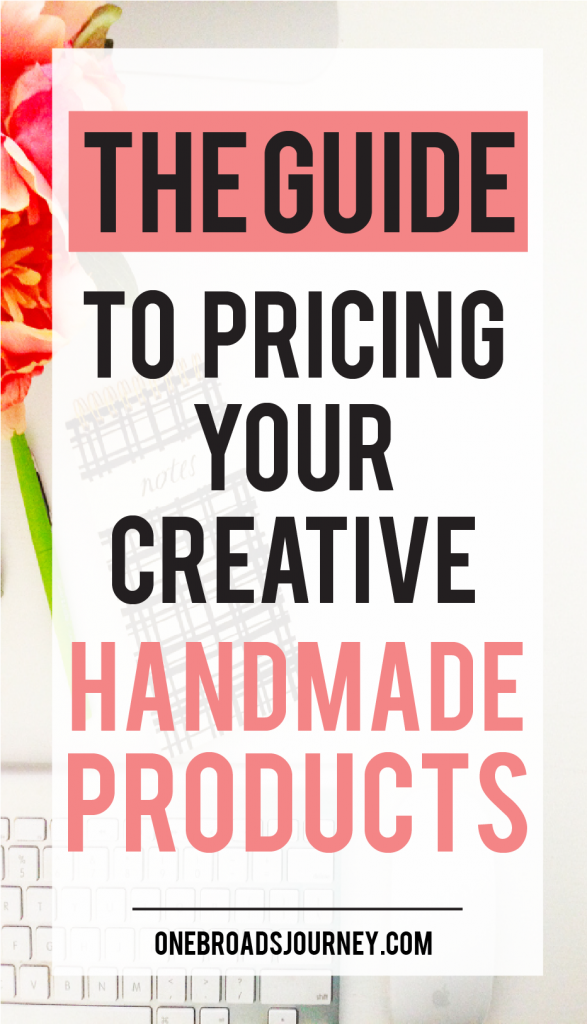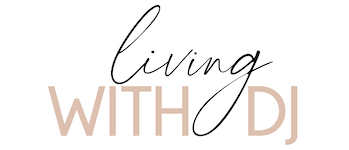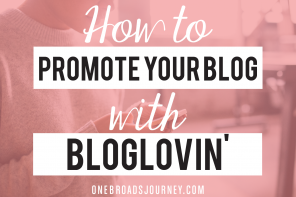Hello my fellow makers! So you’re making your craft, you’ve been asked by all your friends and family to buy your product, and you think “I don’t want to charge too much, they’re friends” so you guess a random amount and out the door, your product goes. You’re pretty happy with yourself until you add up the numbers and you lost money selling that piece. BUMMER right? We’ve all done it. Pricing our handmade products has been an artisan debacle since… forever. So I’m here to give you a “Pricing Handmade Products Guide”. At least what’s worked for me and most artists I know. (and I’m BAD at math like my dad used to make me do public math and I would panic kind of bad) So don’t worry if that’s your fear, I’ll make this as easy as I can.
First things first, pricing can make or break your business. Let’s take a look at how pricing affects your overall income.
Pricing too low.
You won’t make enough money to stay in business. Simple as that. You’re cost may only be covering your materials, not your time, shipping materials, marketing, website costs, etc. You’re basically working for free and at the same time losing money from all your other expenses.
Do you know why people shop on sites like Sheinside? Because it’s priced super low. Everyone knows it comes from a warehouse in China, it’s not great quality and it’s cheap. This is not the perception you want to give your potential customers. People will pay for something they like, trust me.
Pricing in the middle.
When you price in the middle, you get stuck in the middle. It’s like the invisible medium. At this level, you’re making just enough to pay for your supplies but nothing more, therefore no profit. You’ll never make enough to take that next step up in your business because you need enough money for those large orders that will propel your business to the next level.
Pricing too high.
Don’t get crazy pricing too high because you risk pushing away customers.
I’ve worked in many retail shops and I’ve watched amazing creative handmade products sit on the shelves forever until they’re put on sale because they’re priced too high for their target market. Say you’re selling $200 bags. When you make a sale it’s great, but really how often are you selling unless your a well-known and desired brand?
Your pricing needs to reflect your hard work and unique product without going overboard. If a customer saw you in a shop in person, would you be able to justify why your charge that pricing? Your pricing is so important because it will determine whether your business is sustainable or fails in the long run. Good thing is, I’ve already made the mistakes for you! I’ve priced too low and in the middle and I’m here to share with you my Pricing Handmade Products Guide (don’t worry double checked) that’s worked for me.
The simple formula many artisans use:
- Cost of Materials + Labor + 10-15% Overhead = Total Item Costs.
- Total Costs x Markup (2 – 2.5) = Wholesale Price.
- Wholesale Price x 2 = Retail Price.
What does this look like? (Your labor will differ depending on how you pay yourself.) Say it costs you $4 in labor to create your headband. The fabric and band for the headband cost $1 in materials. In this case, we will use a 2.5 markup because it’s not a high product end cost.
$1 + $4 + 10% overhead = $5.50 (Item Cost)
$5.50 x 2.5 = $13.75 (Wholesale Price)
$13.75 x 2 = $27.50 (Retail Price)
This would result in $8.25 wholesale profit, a 60% profit margin and a $22.00 retail profit, an 80% profit margin. Most businesses consider a 20% profit margin to be high so these would be really great!
Your markup is going to be your profit. But only part of that profit is the money you pay yourself with. For example, selling your headband at wholesale, I said would result in $8.25 profit, however part of that will go to taxes and part to investing back into your business. We will go over how to pay yourself in a future blog post
Profit is part of the money you pay yourself and part of the money you spend on growing your business. This includes reinvesting in things like:
- buying materials and supplies
- buying new tools
- marketing and advertising
- paying for apps and software
- hiring a helper
One of the biggest mistakes we make as artists is worrying about charging too much because it’s something we love to do. But remember if this is going to be your business, rather than a hobby, you need to make a profit. Retailers (brick and mortar shops) expect that your suggested retail pricing is 2-2.5% of your wholesale price. This means they will take the price they paid for your product at wholesale and sell it in their shops at around 2times that amount. If they paid you $5.00, they’re charging their customers $10.00 and so on.
So you just want to sell online and not do wholesale you say?
Price for it anyway! You can change your mind in the future and your prices will already be ready to go for wholesale. It’s much harder to increase your prices to account for wholesale later.
Another important aspect of pricing is how to price when you make something that costs $.10 to make and barely any labor costs? The simple formula above needs to be tweaked a little so your pricing isn’t too low.
This is the time to look at your competitors! They are a great benchmark for establishing your pricing or at least a place to start. For example, when I started creating greeting cards I looked at all small and large greeting card companies. They would price cards at $5.00, so I wouldn’t price mine at something like $9 (pricing is too high) or worse $2 (customers recognize this is as cheap or not good enough to be at the norm $5 price.)
Pricing at their level means your coming in, ready to compete because now customers have the same amount they’re willing to pay but can choose which product they like better. You’re coming into the market saying I know my products are good, now let’s see who the customers choose.
Don’t let anyone tell you handmade products or art is just a hobby. If you’re willing to put in the work you can turn your art into your business. Take yourself and your craft seriously from the start because one day that “just a hobby” could be your full-time business!
Related Articles:
- How to start a blog on WordPress and make money
- How I Quit My Job and Built Two Businesses
- How I Started A Company On My Own In 11months
- 8 Things You Should Know Before Starting A Handmade Business
- 12 Best Online Survey Sites To Join For Extra Money
- Must Read Books For The Aspiring Entrepreneur And Girl Boss
- How I Earned My First $562.83 From Blogging
- 14 Ways To Have A Happier Workday When You Work From Home
Questions?
I hope this pricing handmade products guide gives you a place to start from for your creative small business. Let me know if you have any questions, concerns or even tips for how you price your products.
I’d love to hear from you!




